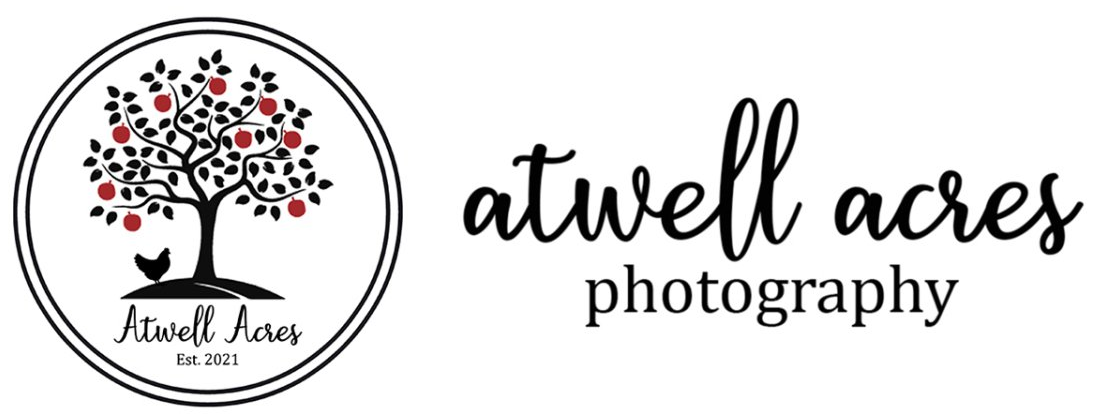How to Play with Your Baby | Month Six
How to play with your baby, 6 months old
Woah, we're halfway there
Woah-oh, livin' on a prayer
Take my hand, we'll make it, I swear
Woah-oh, livin' on a prayer
By month six, you may be rocking Bon Jovi’s “Livin’ on Prayer” as your theme song. That first year is a wonderfully wild ride, filled with ups and downs and constant changes. But at the halfway point, you and your baby are really finding a groove together. Now that your baby is more alert and active, play time has never been more fun – for both of you! Your little one can focus a little longer and has more skills in his toolbox, so he can fully engage in whatever activity in store for him. Need a little help in planning age-appropriate developmental games and activities? We’ve got you covered!
But first, let’s go over a few milestones you can expect during or around month six. Keep in mind, these are just guidelines. By month six, the range grows a little wider since all kids develop in their own unique way and on their own timeline. However, if you have questions or concerns, give your pediatrician a call.
Six-Month Milestones
According to the CDC , during month six, your little one may begin:
Social, Language, and Emotional
· Knowing familiar faces (and registering unfamiliar faces as strangers)
· Fully engaging in playtime and games
· Responding emotionally and reacting to other’s emotions
· Recognizing herself in the mirror
· Trying to communicate with repetitive sounds
· Babbling with vowel sounds
· Making sounds with consonants (most commonly ‘m,’ ‘b,’ and ‘d’)
· Taking turns communicating
· Responding to his name
· Showing displeasure and joy
Problem Solving, Learning, and Movement
· Rolling over both directions (for safety, end swaddling when baby is rolling over)
· Sitting without support
· Supporting weight or bouncing on legs
· Rocking on all fours or even beginning to crawl (this varies quite a bit – some even just scoot backwards for a while)
Do not worry if your child has not mastered all of these milestones. Instead, here are some things to watch out for in order to correct hearing, visual, or neurological issues early on.
Consult your pediatrician if your child:
· Does not try to reach for objects
· Seems completely unengaged or unemotional on a regular basis
· Does not respond or react to different sounds
· Cannot get things to her mouth
· Does not make babbling sounds
· Cannot roll over in either direction
· Seems very stiff or very floppy – tight muscles or lack of muscle control
Now that you know what is going on in that ever-growing mind, here are a few fun activities for you to do together!
Developmental Activities for Six-Month-Old’s
1. Bath Time Play
If your little one balks at trying to sit on a boring living room floor, try changing the environment. Baths don’t have to be before bedtime. When your little one begins sitting without support, a warm bubbly bath may encourage her to practice those skills and strengthen her core, back, and leg muscles. Plus, she can work on balance. Fill the tub just enough to cover her legs, and add some tear-free bubbles. You can finally break out those bath toys and watch her giggle as they bob up and down when she splashes. Introduce sponges, and help her fill them up and squeeze them out for additional hand coordination.
2. Hide-and-Seek
You’ll need a friend or family member for this one, and its extra fun for large families with older siblings. This helps your baby recognize names, including his own, and strengthens his sensory and problem-solving skills.
To play, have one person hide with baby in a simple hiding spot such as behind a curtain, the couch, or a blanket. (For a more involved game, hide in different rooms.) The ‘seeker’ will repetitively call out, “Where is [baby’s name].” When the baby is found, exclaim, “There he is! There’s [baby’s name].”
Flip roles and ask Mom, Dad, or a sibling to hide while you and baby walk around to find them. This is a great way to solidify name and face recognition and encourage your baby to look around for context clues (sounds, a moving curtain, a hand sticking out, etc.).
3. Taste the Rainbow
Your baby will still be on breastmilk or formula until 12 months (no cow’s milk before one year), but you can begin introducing your baby’s taste buds to new flavors around month six. Some believe that introducing a wide variety of flavors early on will expand your baby’s palate, and there’s a chance she may be less picky later on. (I can attest this is not always
the case – but why not try?! Here’s a helpful post by What Moms Love
about how to do that.)
For a colorful activity that provides sensory play and
introduces your baby to new flavors, let them play with bright, eye-catching purees. Grab about 3 different colored purees (think: carrots, avocado, bananas, and beets, berries, or plums). Put a few dollops across their highchair tray, and encourage them to paint and taste. This is the perfect way to do a first-time taste testing because your baby will be less likely to gag on the tiny amount she can grab on her fingers. She will train herself on how to take in food and swallow, so spoon feeding and finger foods will be a more gradual transition.
4. Tug o’ War
To work on arm strength, hand coordination, balance, and core strength, engage in a playful game of traditional tug o’ war. Simply grab a baby blanket, towel, or bandana, and tug gently on one end while your baby has the other. To encourage him to pull back, excitedly exclaim, “Woah! You are SO strong!” or other dramatic antics reacting to the tug.
We recommend alternating the seated position and lying prone for this because it will work on different muscles (imagine the strength required to pull with your arms and head off the ground while on your stomach). In the seated position, this activity will help with balance as well.





